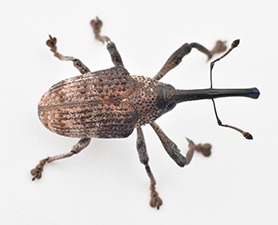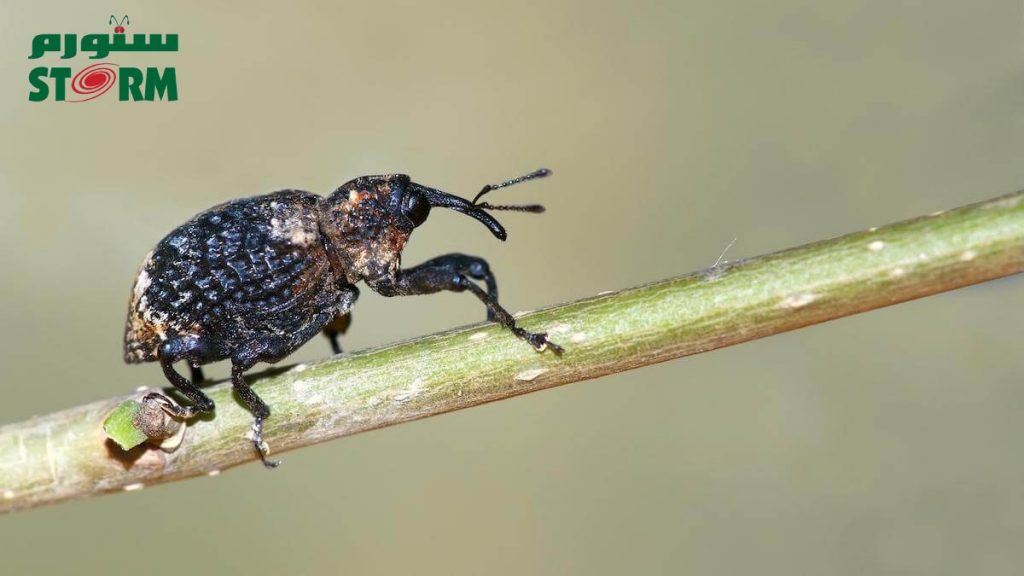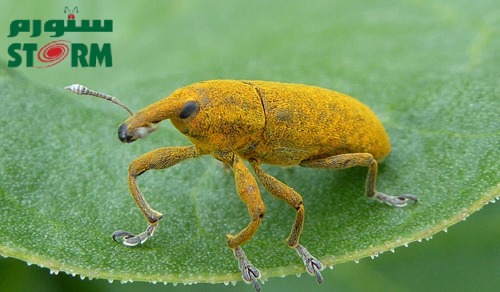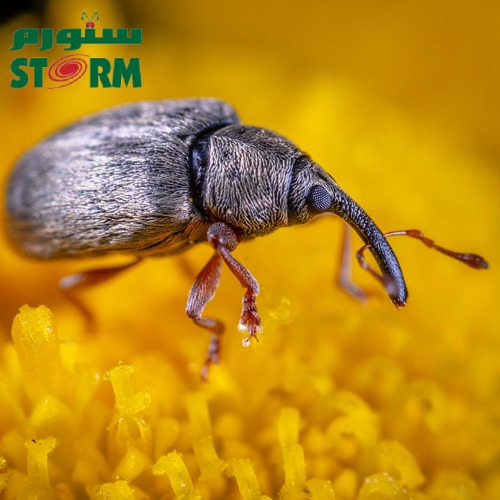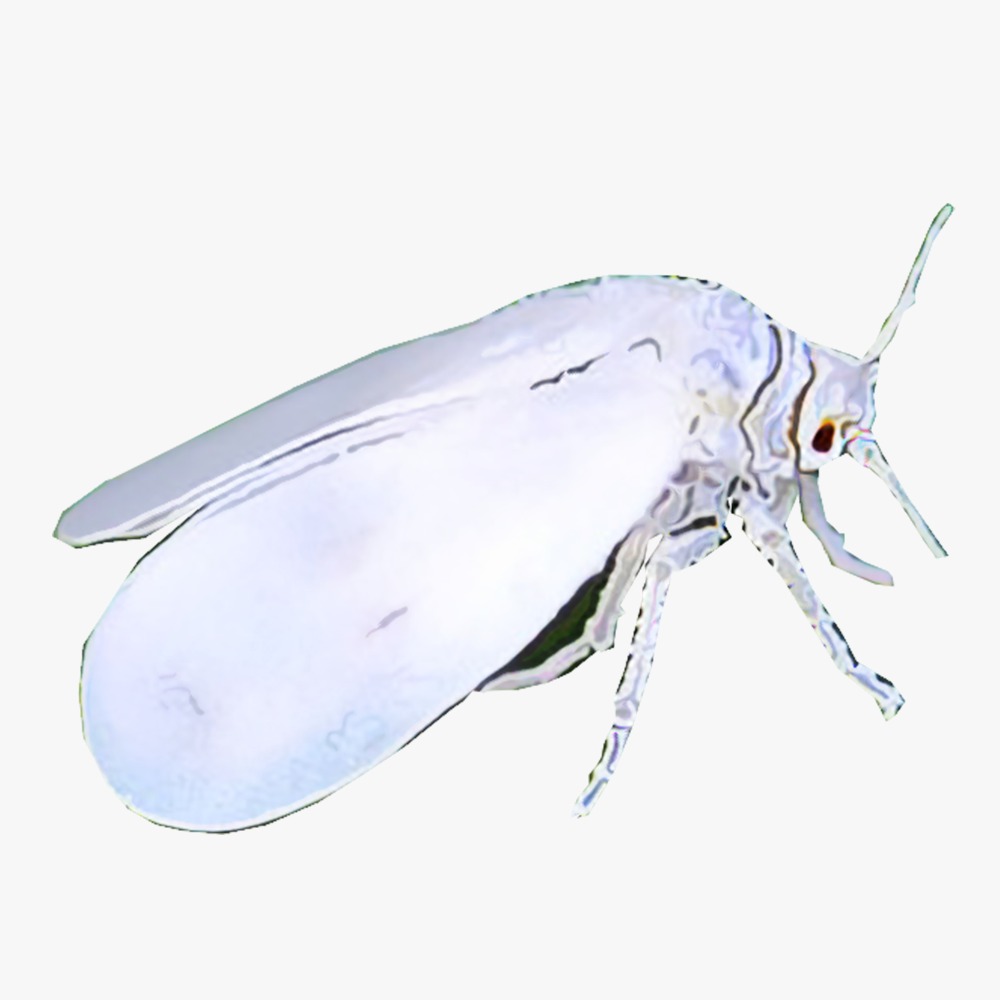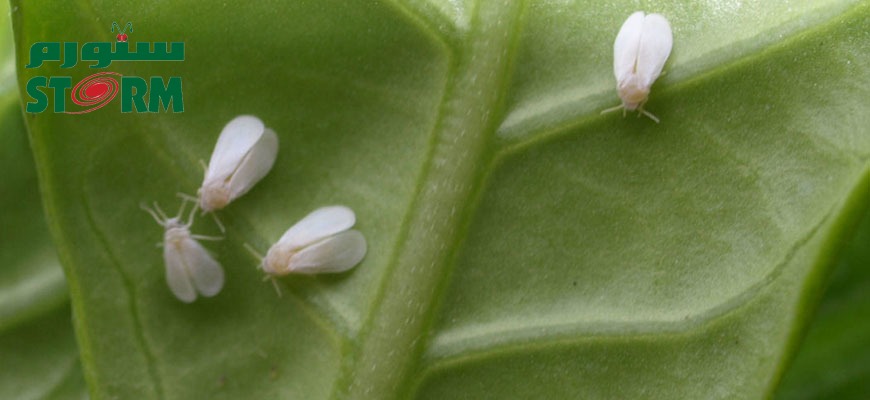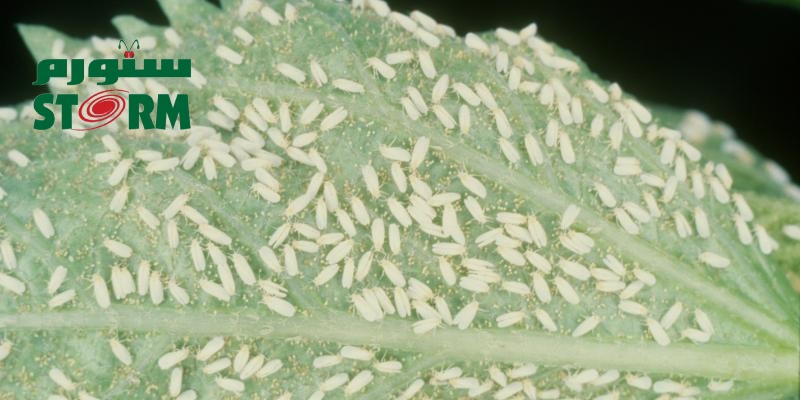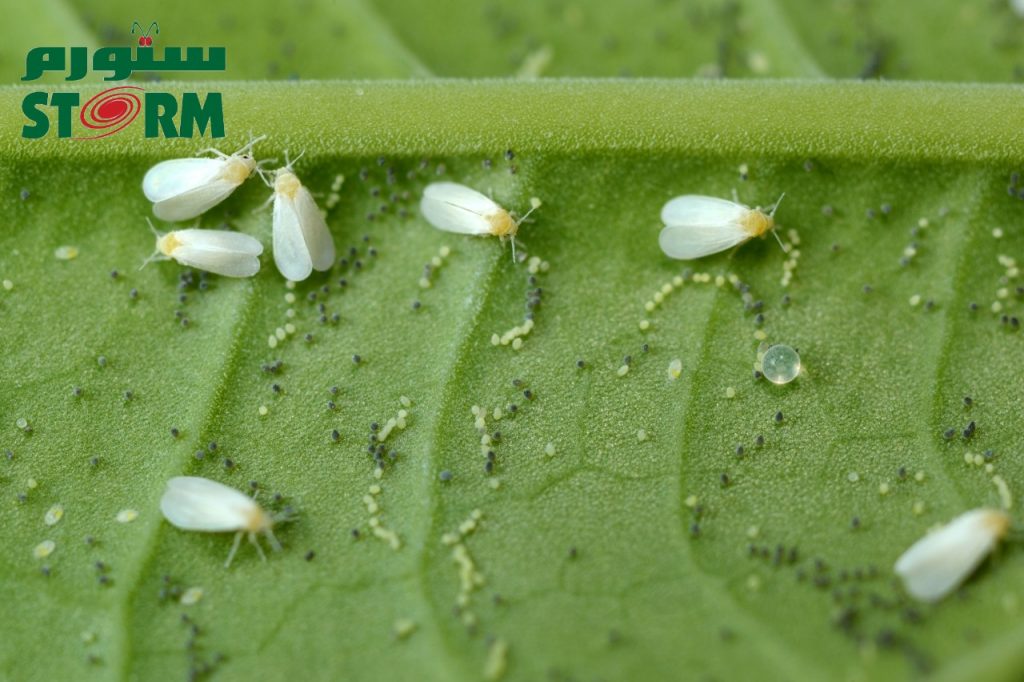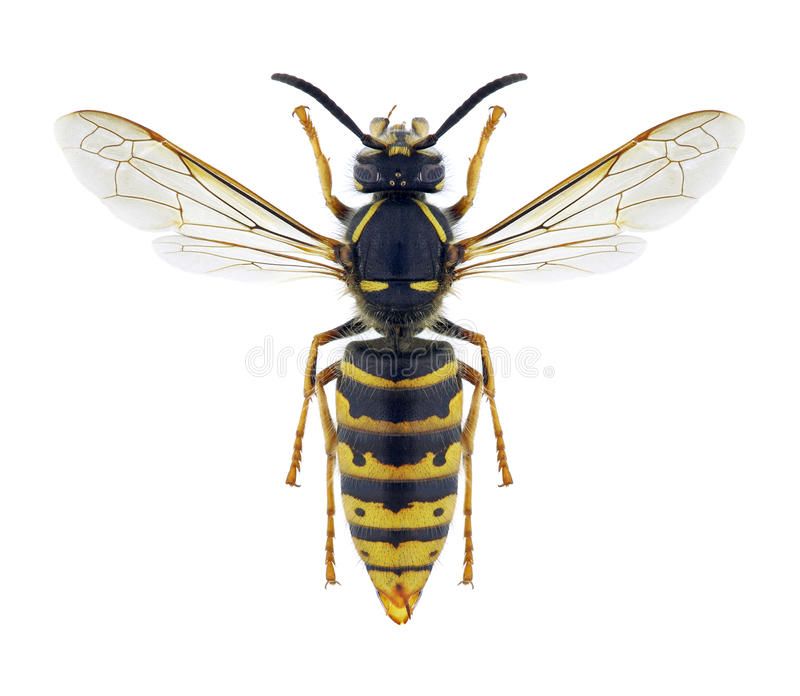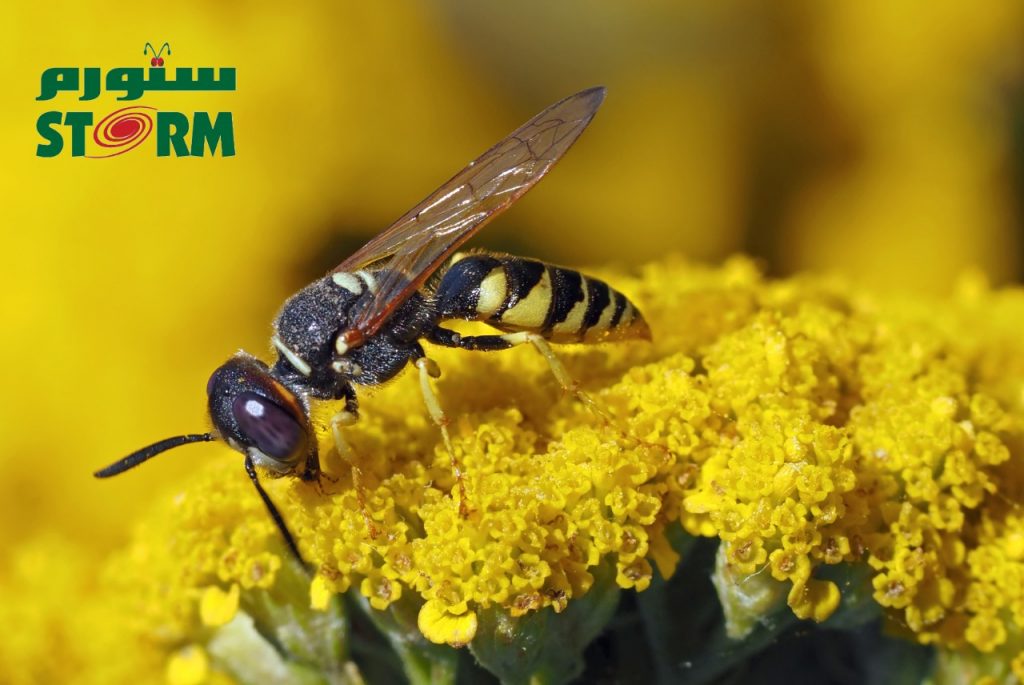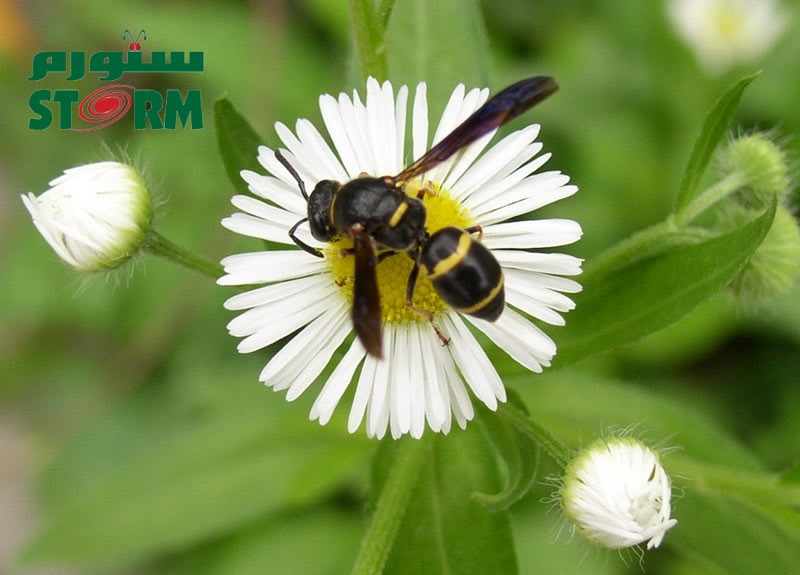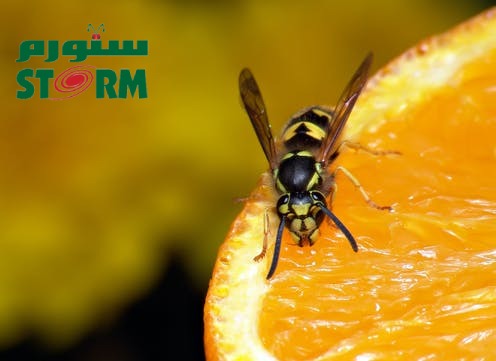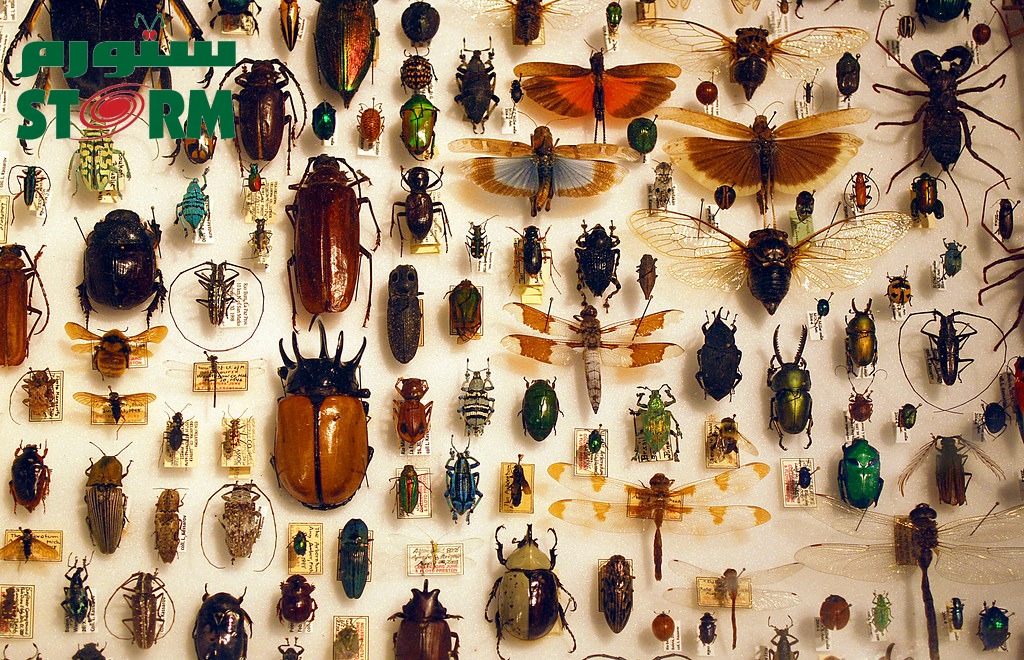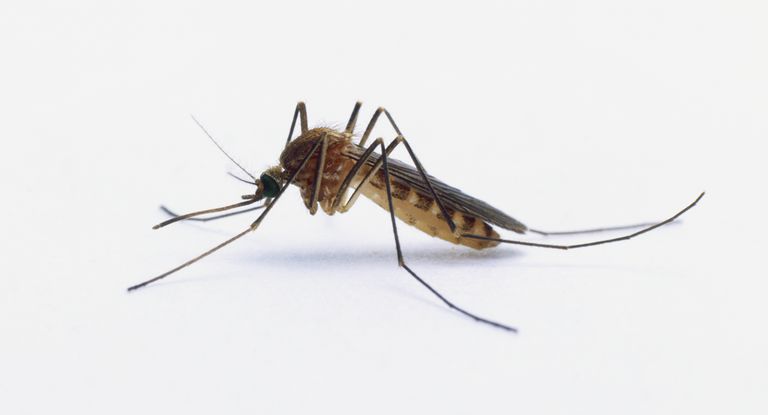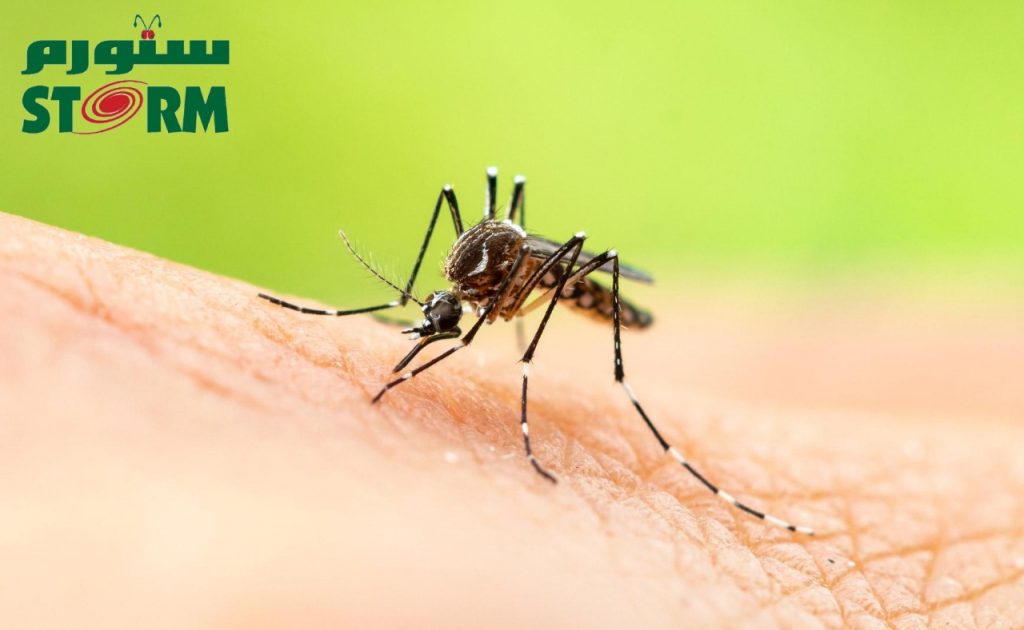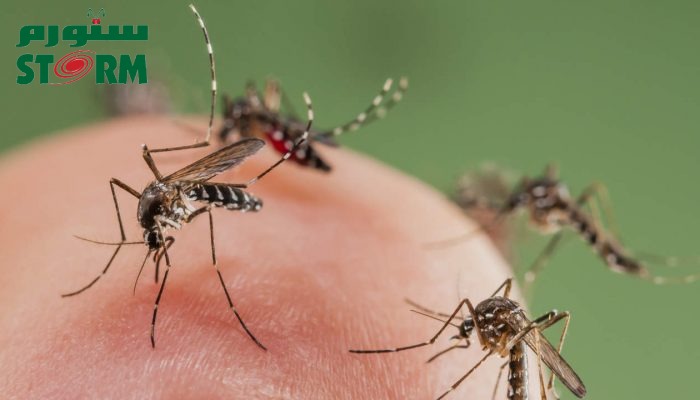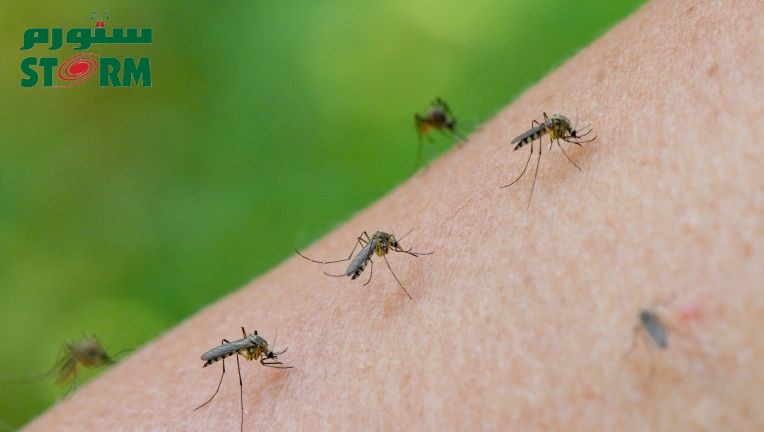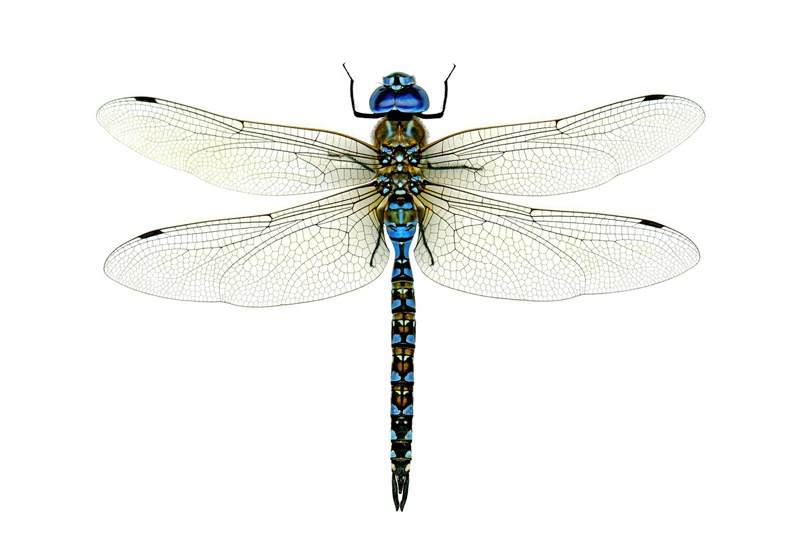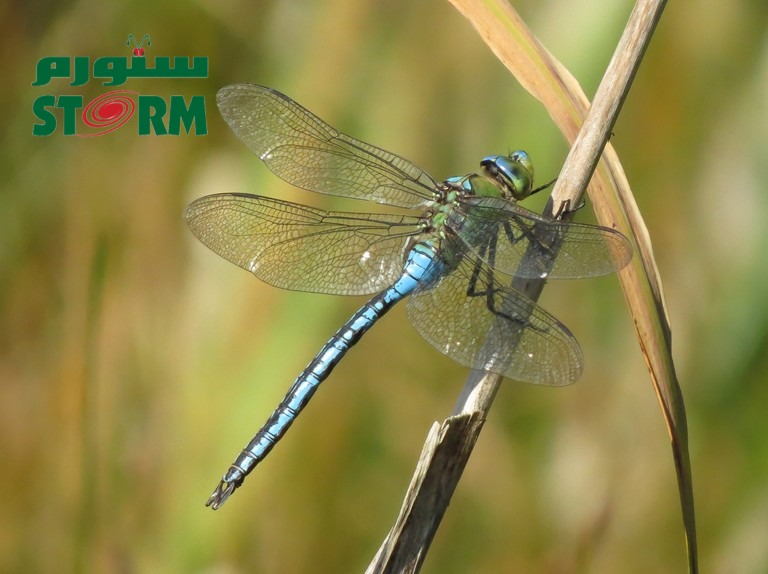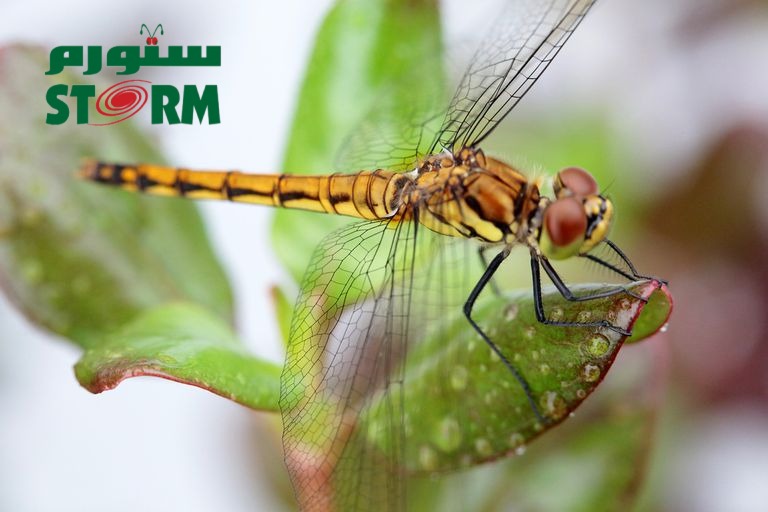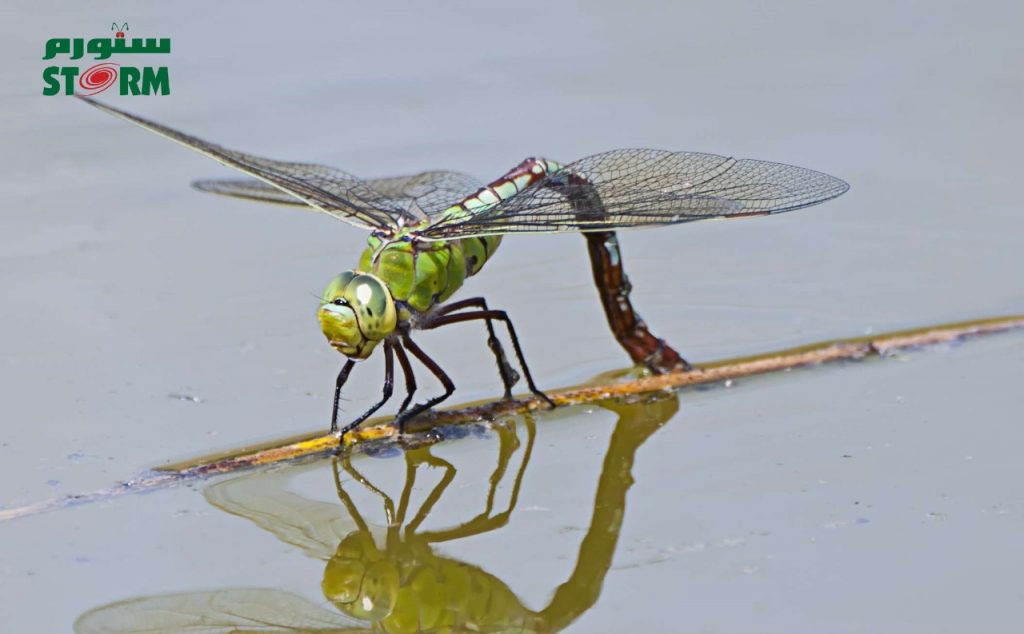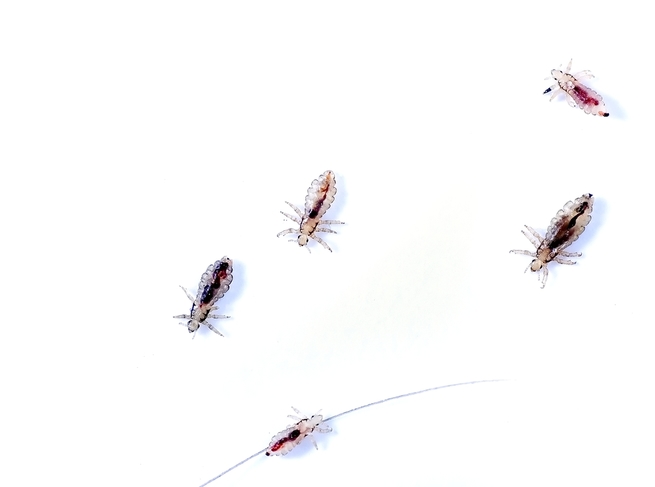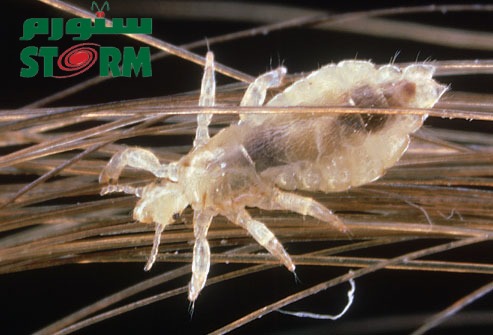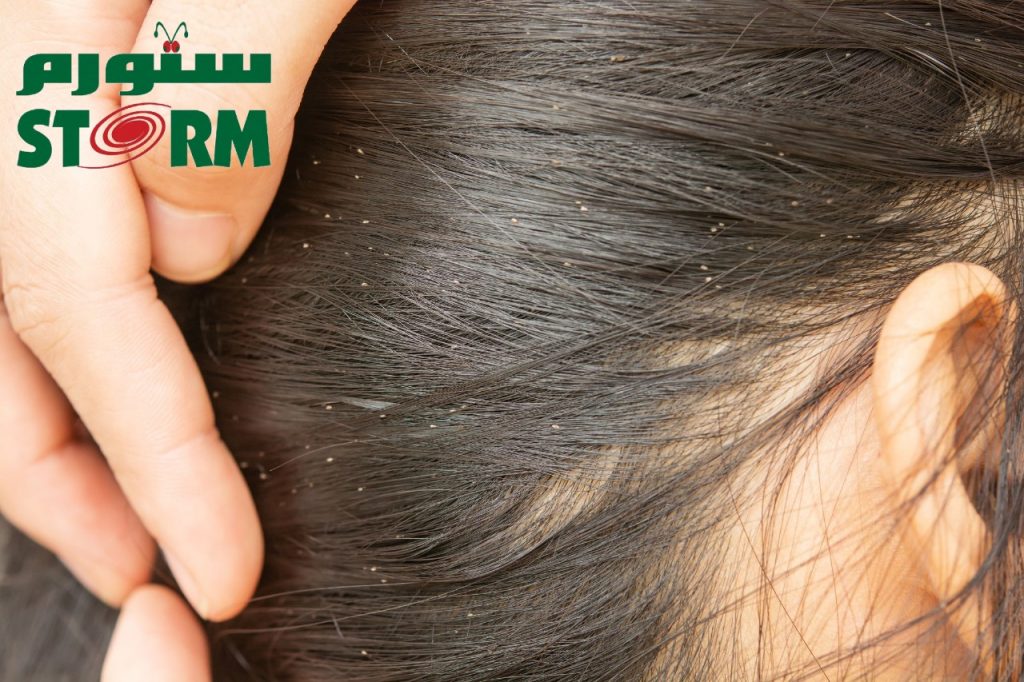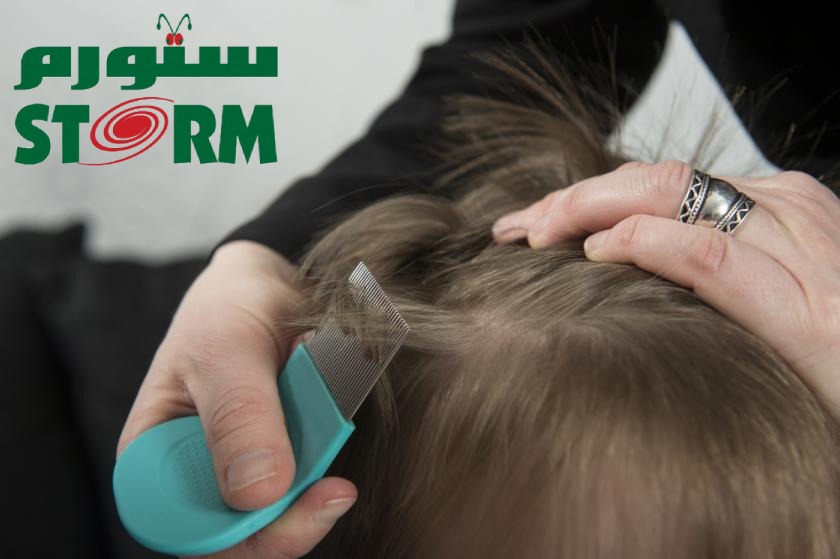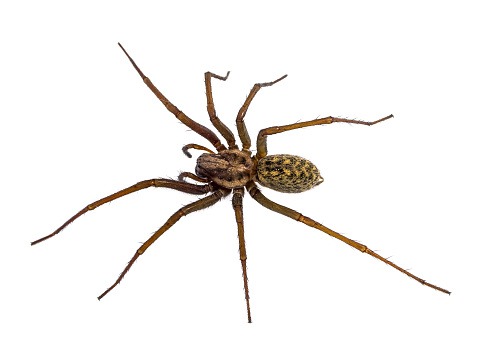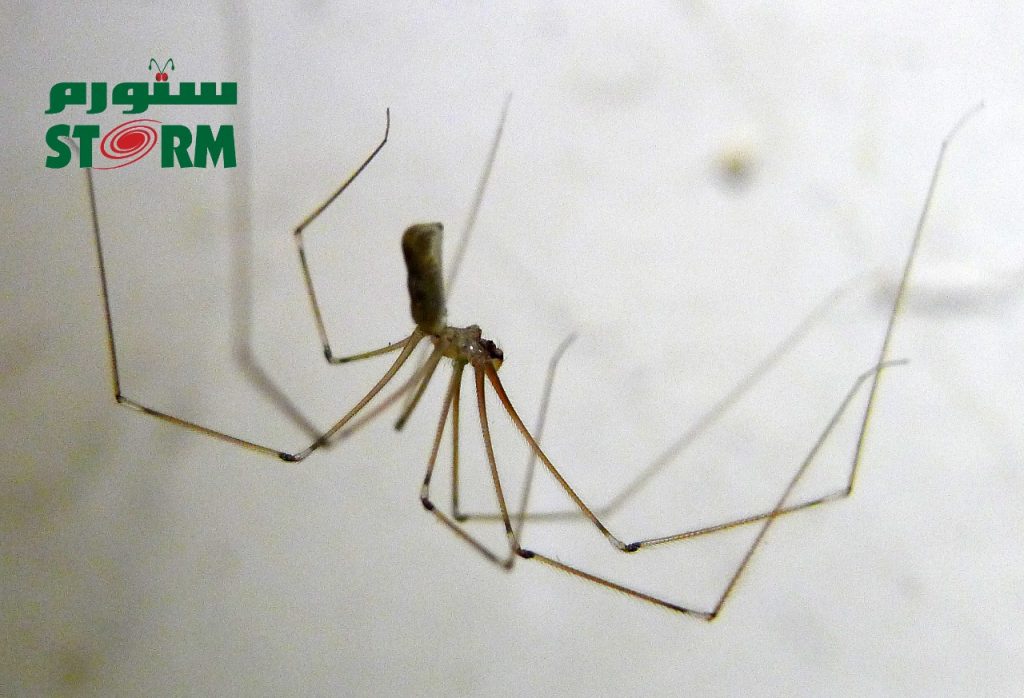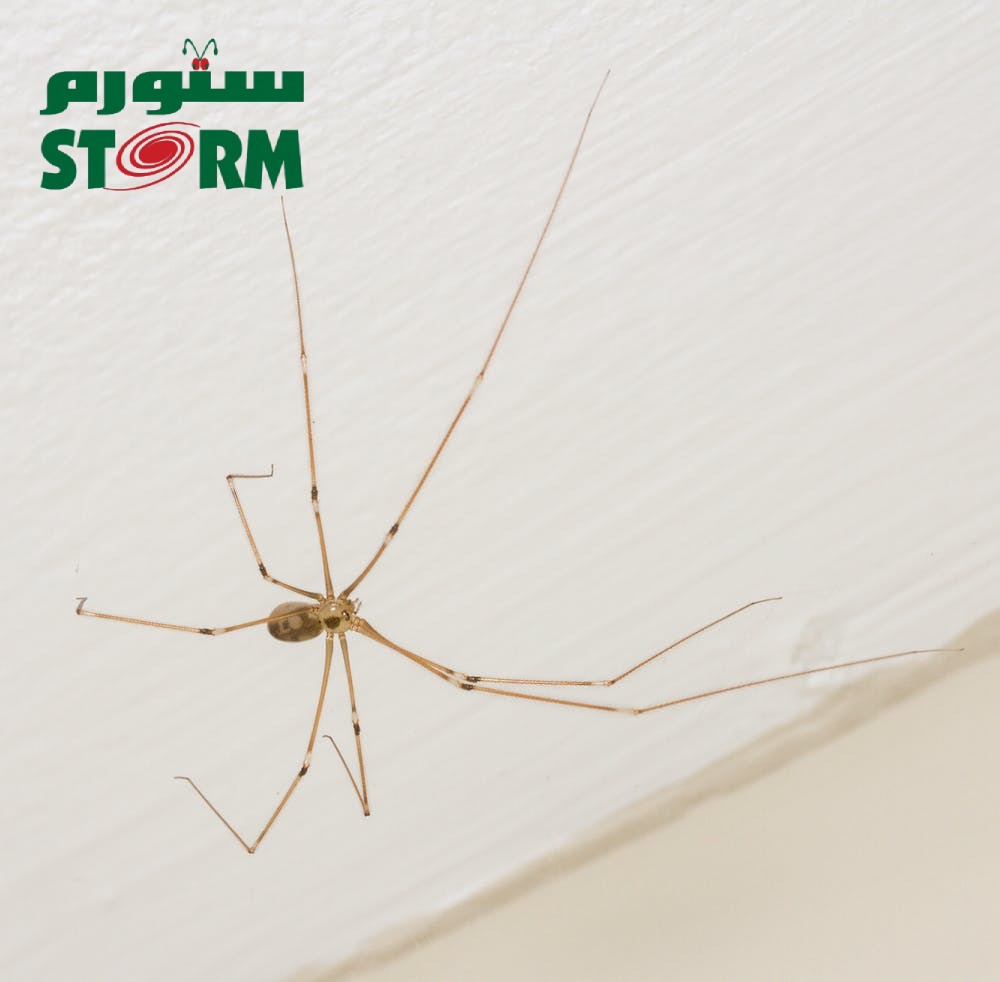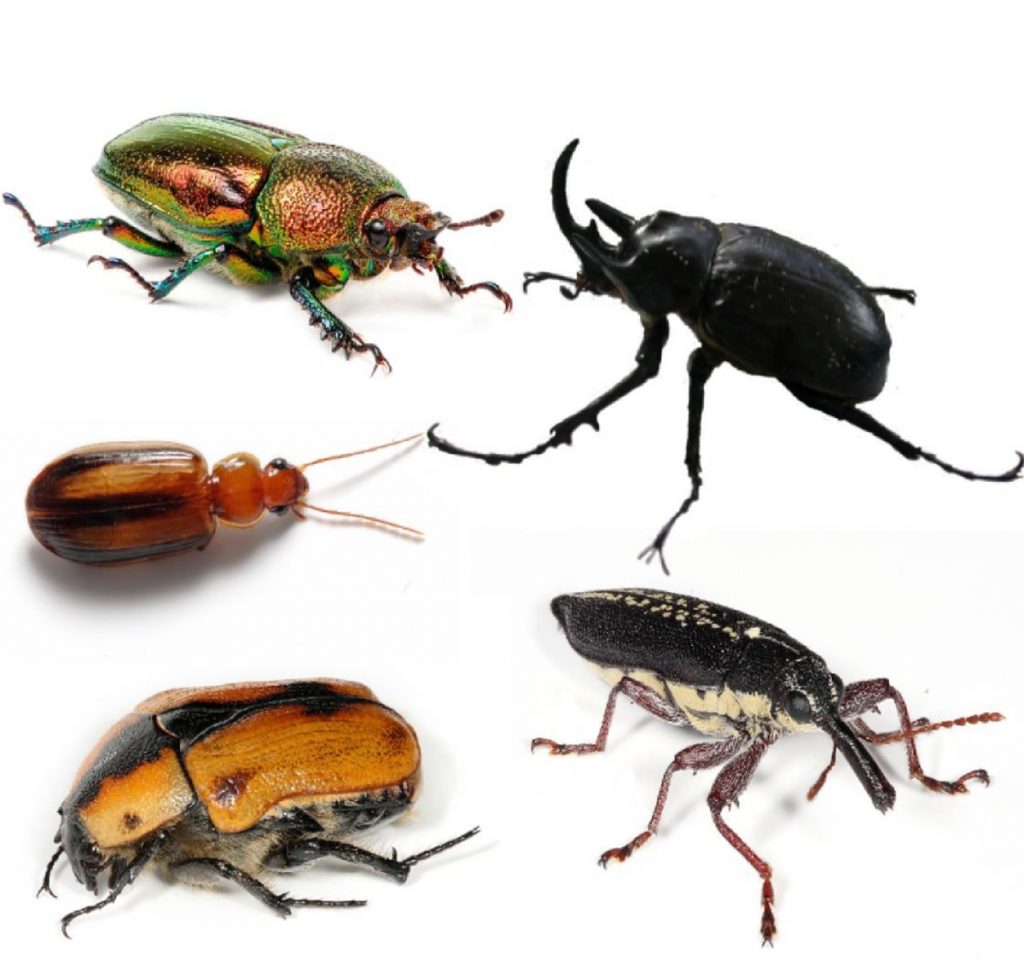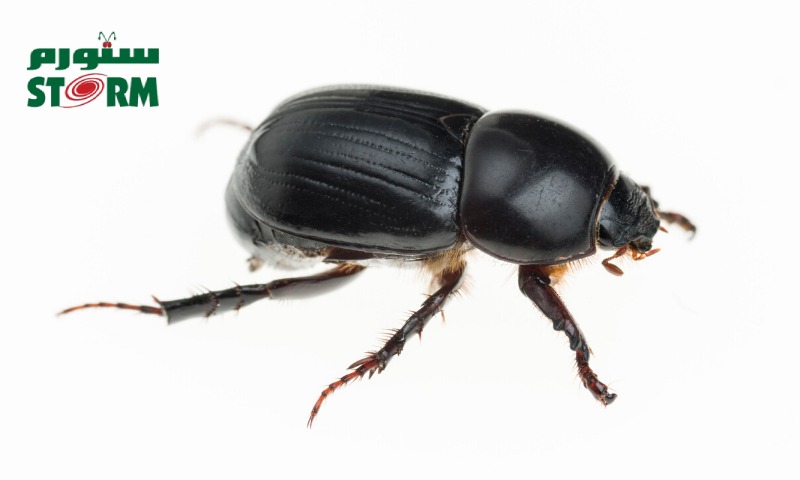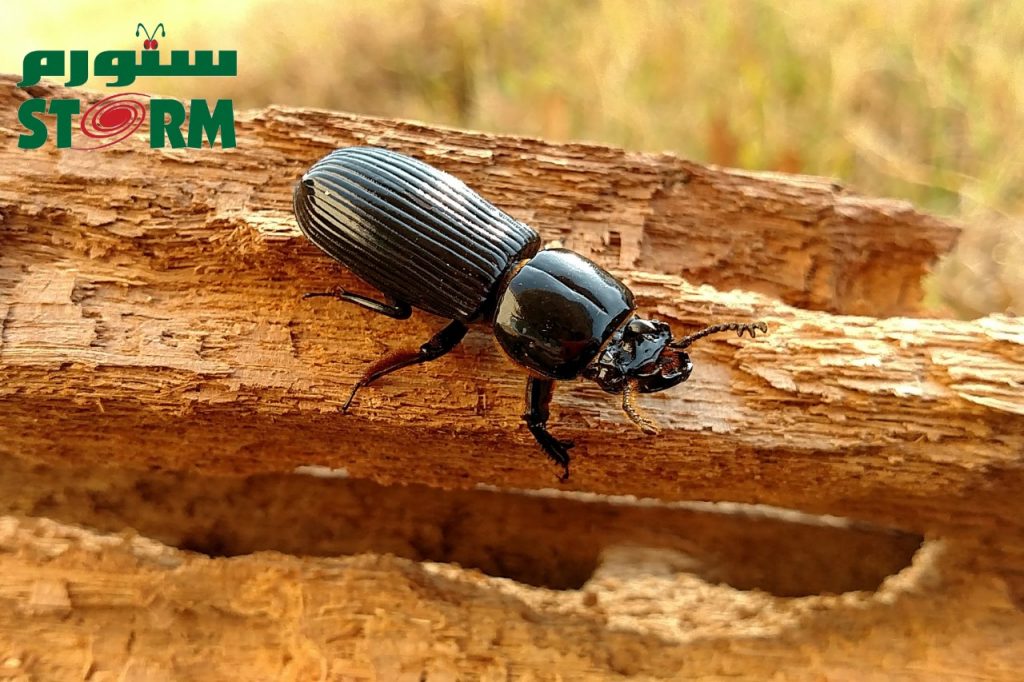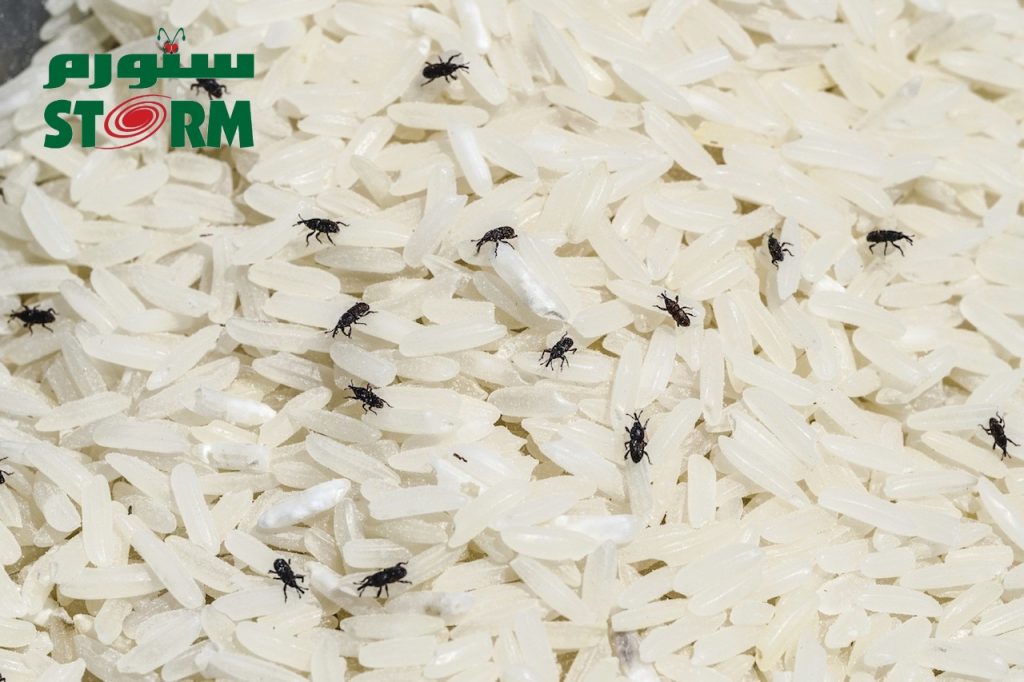Learn about the reasons for the reproduction of stray cats and dogs and how dangerous they are in our surroundings
The presence of large numbers of stray dogs and cats poses public health concerns. Dog bites, rabies, cat-scratch fever, cats carry a dangerous parasite associated with schizophrenia, Alzheimer’s, memory loss, learning problems, and more are all risks to people who live in areas where stray animals are common. Their presence also creates noise pollution, especially at night, with dogs barking. Feral cats also represent a major threat to biodiversity and have caused the extinction of many species of mammals and birds as they feed on them. The movement of animals in the streets of the neighborhood helps to transmit parasitic and infectious diseases, especially to children because they usually come into contact with animals. Therefore, it is important to reduce the number of stray animals to control the spread of dangerous diseases.
Street dogs and stray cats are found in large numbers, especially in developing countries, for several reasons, including:
1. The presence of litter exposed and scattered in the streets is a source of attraction for stray animals in search of food, which contributes to their survival.
2. Stray animals multiply in abundance, which expands their presence in the surrounding environment.
3. It is located in the popular markets where leftovers, slaughterhouses and fish vendors.

How can stray animal populations be controlled effectively and humanely?
Many civil bodies deal with the issue of stray animals through the mass execution of dogs or cats, transferring them to other areas or poisoning them. These methods may have succeeded in the past, but they are absolutely inhuman. As for the displacement of stray animals, this may transfer epidemics to new areas.
Then what to do?
Animals play a huge role in our life and the environment. So, it is in our interest as human beings to help them wherever we can. By taking care of them, we can prevent the spread of diseases, such as rabies, which are a major threat to humans. This disease is so deadly to humans as well as to the animals that carry it, so that infected animals become very aggressive.
Shelters must be provided to deal with stray animals while providing them with the necessary food and presenting them to veterinarians to maintain their health and ensure that they are not carriers of diseases. With the advocacy of pet ownership, there are many pets in shelters today who like to live cozily away from homelessness. While making the animals sterile to prevent their reproduction.
Storm is a pest control and sterilization company. Aims to spread information about common insects and enriching Arabic content in the field of entomology; if you ever need our services, feel free to contact us.


 العربية
العربية

